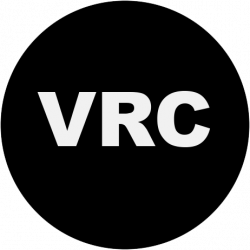The Robert Frank Collection at the National Gallery of Art is the largest repository of materials related to renowned photographer and filmmaker Robert Frank. Spanning Frank’s career from 1937 to 2005, the collection includes vintage and later prints, contact sheets, work prints, negatives, three bound books of original photographs, technical material, and various papers, books, and recordings.
For a complete account of photographs, contact sheets, and work prints in the collection, see Robert Frank photographs, contact sheets, and work prints in the collection. The spreadsheet lists subjects photographed by Frank, in chronological order, along with the corresponding number of photographs, contact sheets, and work prints in the collection and the accession number of each object.

